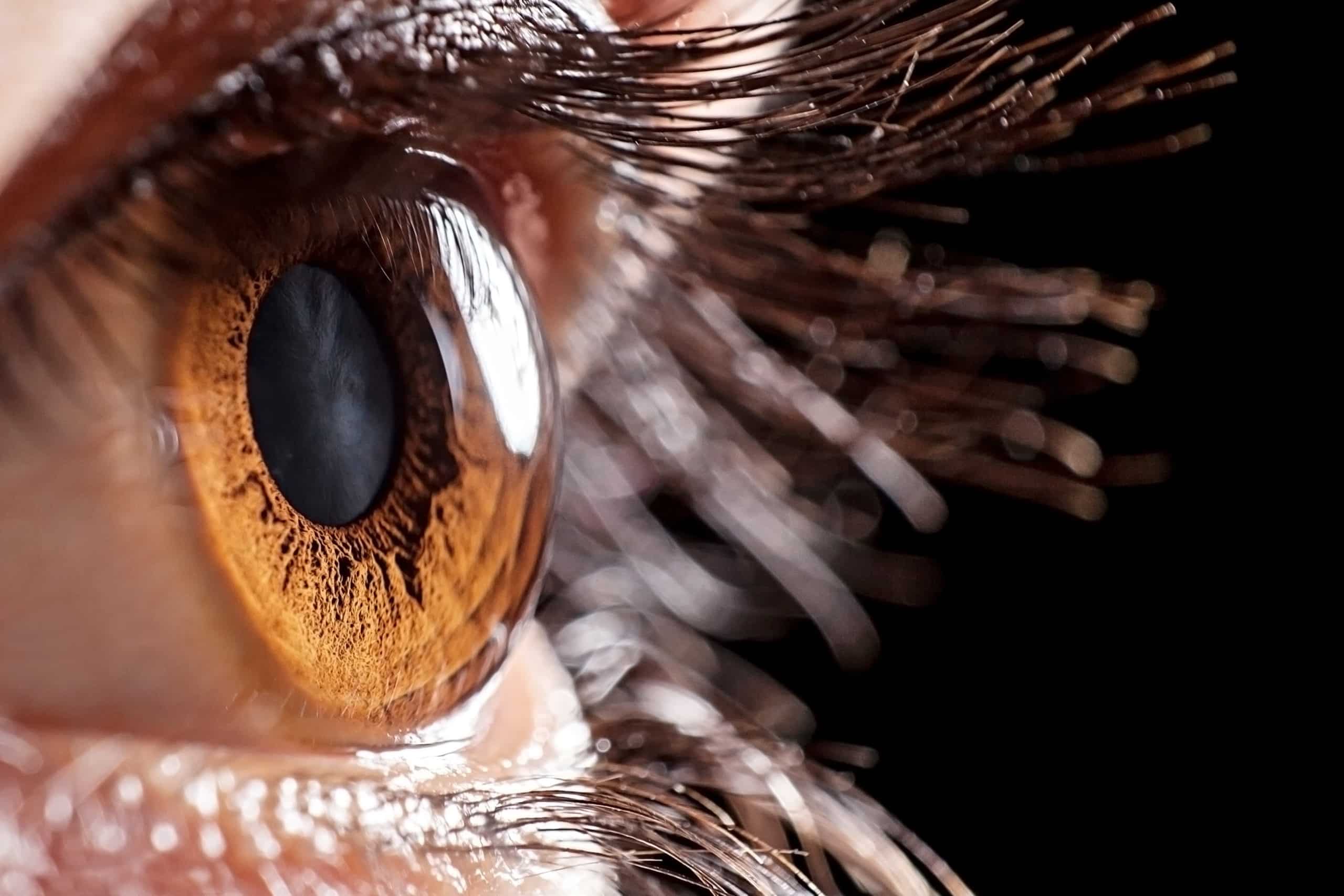Exploring a Corneal Transplant
February 10, 2022

What is a Cornea Transplant?
A cornea transplant (aka keratoplasty or corneal graft) is a surgical procedure done to remove the entire cornea or a damaged section of it and then replace it with healthy donor tissue. Your doctor might recommend a cornea transplant to relieve pain, improve sight, treat infections, or address damaged corneas. However, the most common reason for a corneal transplant is keratoconus, a condition that changes the shape of the cornea.
Understanding the Cornea and What it Does
The cornea is a transparent outer layer at the front of the eyeball that acts as the “window” of the eye. The cornea is an important element of seeing since it protects the inner portions of the eye like the lens and retina. The cornea loses its shape and transparency when it is damaged, which in turn prevents light from correctly entering the eye and being transmitted to the brain. This causes what someone sees to appear unclear or distorted.
The Cornea Transplant Procedure
There are three different types of cornea transplants that a doctor may recommend based on the type of damage to the cornea:
- Penetrating keratoplasty (PK) – a complete transplant.
- Deep anterior lamellar keratoplasty (DALK) – reshaping or replacing the front and outer layers of the cornea.
- Endothelial keratoplasty (EK) – replacing the back layers of the cornea.
These procedures can be done under either general anesthetic, where you are unconscious, or local anesthetic, where only the area is numbed while you stay awake.
A cornea transplant often takes up to an hour or less, depending on the severity of the damage. In surgeries involving replacing the outer cornea like DALK, the new cornea is stitched into place. These stitches are often left for 12 or more months. For an EK transplant, you don’t need stitches because the new cornea is supported using an air bubble for a few days until it sticks to the inner layer of the cornea.
Risks Involved
Like any other surgery, a cornea transplant comes with its risks and complications. Some of the risks include infection, rejection by the body, or further vision problems. Regardless, most corneal transplant procedures are highly successful and work with little to no complications for at least ten years.
After a Cornea Transplant
Recovery time for a corneal transplant varies based on the type of procedure. For a complete transplant, you may have to wait for at least 6 months to enjoy the benefits of the transplant. Patients who undergo EK or DALK tend to recover faster. To reduce your recovery time, it’s advisable to take great care of your eyes by avoiding contact sports, swimming, and rubbing your eyes until it’s safe.
Contact Us
For more information on cornea transplants, feel free to contact the ophthalmologists at Anh Nguyen Ophthalmology in Falls Church, VA. All you need to do is fill out our online form and any of the experienced doctors can help you. The doctors at Anh Nguyen Ophthalmology include Dr. Anh Nguyen, Dr. David Parver, and Dr. Roshni Patel.




